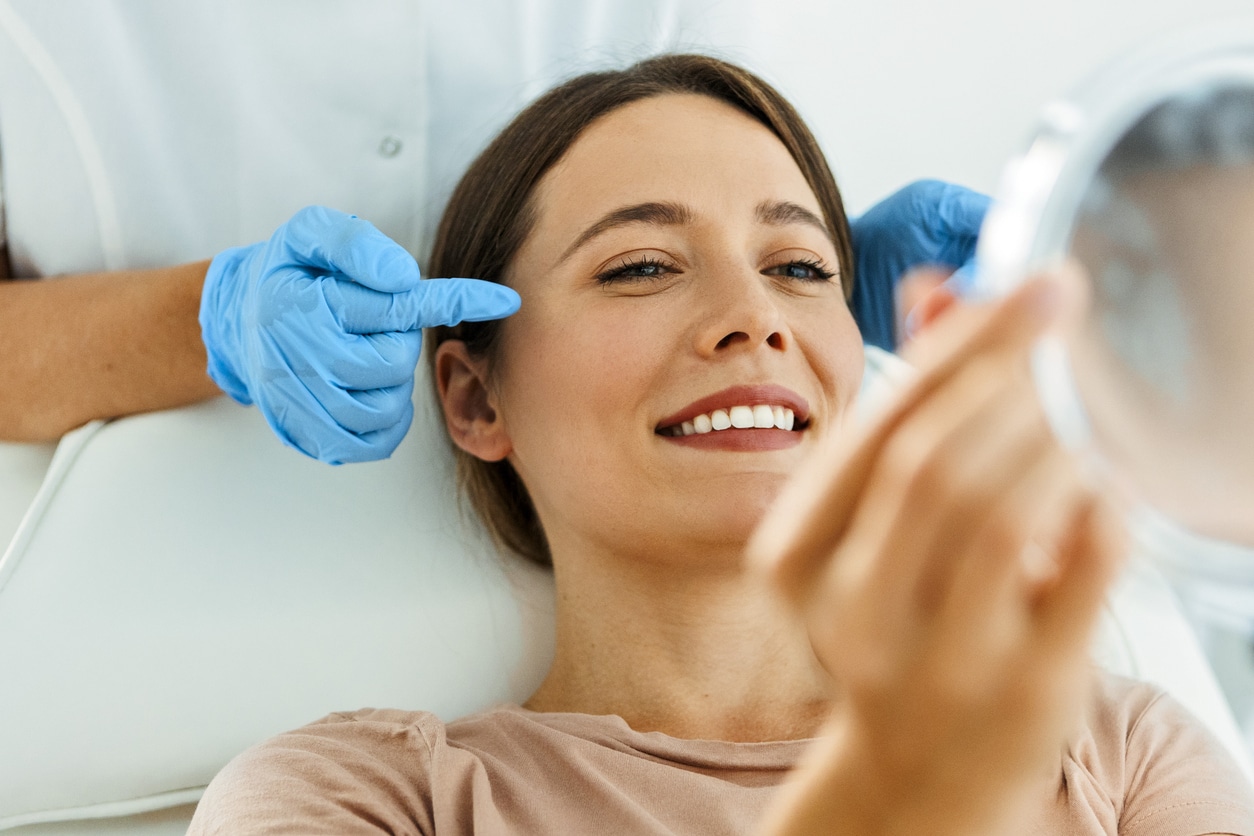Facial plastic surgery has become increasingly popular as more people seek to enhance their appearance or address congenital issues and the effects of aging. The face is a critical part of our identity, and improving or restoring its features can significantly impact self-confidence and overall quality of life. Below are four of some of the most common types of facial plastic surgeries, each with its unique purpose and benefits.
Rhinoplasty

Rhinoplasty, commonly known as a nose job, involves reshaping the nose to improve its appearance and function. Rhinoplasty can address various issues, including:
- Size and shape adjustments: Correcting the size or shape of the nose to achieve a more balanced facial appearance.
- Bridge and nostril modifications: Refining the bridge, nostrils or tip of the nose.
- Functional improvements: Repairing structural issues, such as a deviated septum, that can cause breathing difficulties.
Rhinoplasty is popular because it can alter a person’s facial harmony, boost self-esteem and help with better nasal function.
Facelift (Rhytidectomy)
A facelift, or rhytidectomy, is a surgical procedure designed to reduce visible signs of aging in the face and neck. As we age, skin loses its elasticity, and facial tissues sag, leading to wrinkles and a tired appearance. A facelift can address these concerns by:
- Tightening loose skin: Removing excess skin and tightening the remaining skin to create a smoother, more youthful appearance.
- Smoothing deep creases: Reducing the appearance of deep creases around the nose and mouth.
- Enhancing facial contours: Restoring volume to the cheeks and jawline for a more defined facial structure.
Facelifts are popular among individuals looking to promote youthfulness and a new look. The results can be long-lasting, making it a worthwhile investment for many.
Blepharoplasty (Eyelid Surgery)
Blepharoplasty, or eyelid surgery, is a procedure that targets the upper and lower eyelids to improve their appearance. This surgery can address issues such as:
- Drooping eyelids: Removing excess skin that can sag and impair vision.
- Puffy eyes: Reducing puffiness caused by fat deposits.
- Under-eye bags: Eliminating or reducing the appearance of bags under the eyes.
This surgery is sought after by individuals who want to achieve a more alert and potentially youthful appearance.
Chin Augmentation
Chin augmentation, or genioplasty, involves enhancing the chin’s shape and size to achieve better facial harmony. This can be done using implants or by moving and reshaping the bone. Chin augmentation can address:
- Recessed chin: Enhancing a weak or receding chin to create a more balanced profile.
- Facial symmetry: Improving overall facial symmetry by making the chin more proportional to other features.
- Jawline definition: Creating a stronger and more defined jawline.
Chin augmentation is popular among individuals who want to enhance their facial structure and achieve a balanced appearance.
Facial plastic surgery offers various options to enhance, restore and rejuvenate facial features. Rhinoplasty, facelifts, blepharoplasty and chin augmentation are some of the most common procedures, each addressing specific aesthetic and functional concerns. Consulting with a qualified plastic surgeon can help individuals choose the best procedure to meet their goals and achieve the desired results. Whether for cosmetic enhancement or corrective purposes, these surgeries can profoundly impact one’s confidence and improve functionality.
To learn more about facial plastic surgery, as well as benefits and recovery, contact Hampton Roads ENT ~ Allergy to schedule a consultation today.
